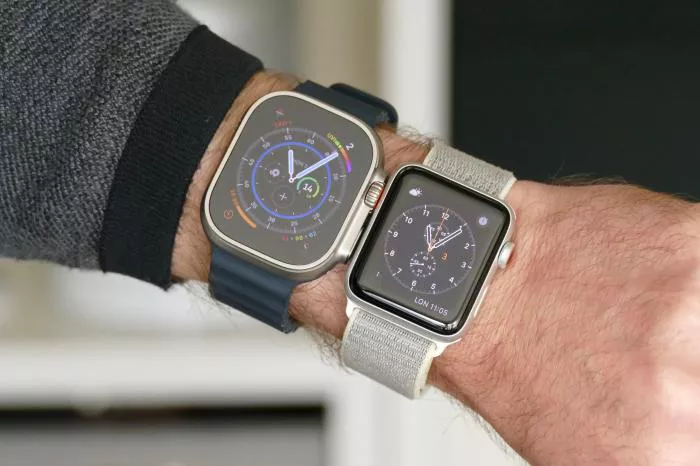As a lifelong watch enthusiast and gadget lover, I’ve always been drawn to the idea of a smartwatch. Yet, despite my fascination with wearable tech, I’ve never fully embraced the Apple Watch—until now. Early models suffered from sluggish performance, unintuitive interfaces, and mediocre battery life, leaving me unimpressed. But with the Apple Watch Series 3, the company has refined its vision, creating a device that excels as a wrist-worn computer rather than just a fitness tracker.
A Focus Beyond Fitness
Apple has heavily marketed the Watch’s fitness capabilities, from built-in GPS for runners to swim tracking for aquatic workouts. But for users like me—whose exercise routine consists of sprinting for the train or shoveling snow—these features aren’t the main draw. Instead, the Series 3 shines in everyday usability: managing notifications, controlling smart home devices, checking the weather, and even using Siri with surprising efficiency.
After two weeks of testing the $329 (and up) non-LTE model, I’ve concluded that this is the best smartwatch for iPhone users. It’s fast, supports a vast ecosystem of third-party apps, and delivers reliable battery life—often lasting two days on a single charge. While it’s not perfect, the Series 3 addresses many of the frustrations that plagued earlier versions.
Design: Functional but Lacking Distinction
The Apple Watch’s iconic design is both a strength and a weakness. Its bright, square display is easy to read, and the Digital Crown remains an intuitive way to navigate. But with millions of identical-looking Watches in circulation, personalization is limited. Swappable bands help—I’ve been using Nomad’s Modern Leather strap—but there’s no escaping the fact that this is a mass-market device, not a statement piece.
Performance and Battery Life: Major Upgrades
The Series 3’s biggest improvement is speed. Thanks to the new S3 processor and watchOS 4 optimizations, apps launch quickly, Siri responds without lag, and the overall experience feels fluid. Battery life has also seen a significant boost. While Apple claims “up to 18 hours,” I consistently got two days of use—a welcome change from earlier models.
Still, one glaring omission remains: the lack of an always-on display. Having to raise my wrist or tap the screen to check the time feels archaic, especially when competing smartwatches offer glanceable screens.
Software Refinements Make a Difference
WatchOS 4 streamlines interactions, replacing quirky gestures with more intuitive controls. The side button now opens a dock of recent apps, swiping up reveals quick settings, and notifications are easier to manage. Siri has also improved, offering voice feedback for hands-free use.
These software enhancements are available on older models, so upgrading from a Series 1 or 2 may not be necessary. But for first-gen Watch owners, the Series 3’s performance leap is substantial.


